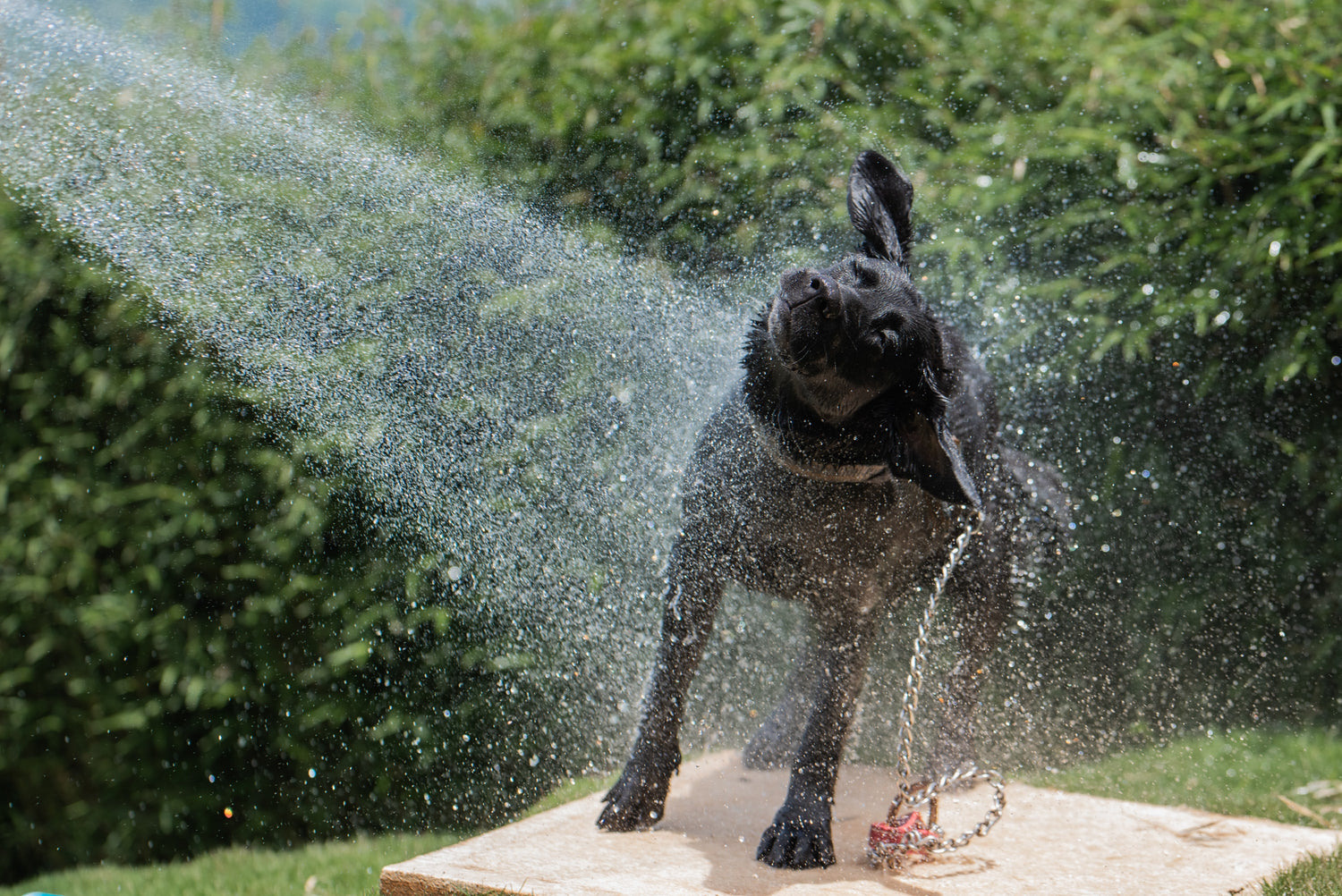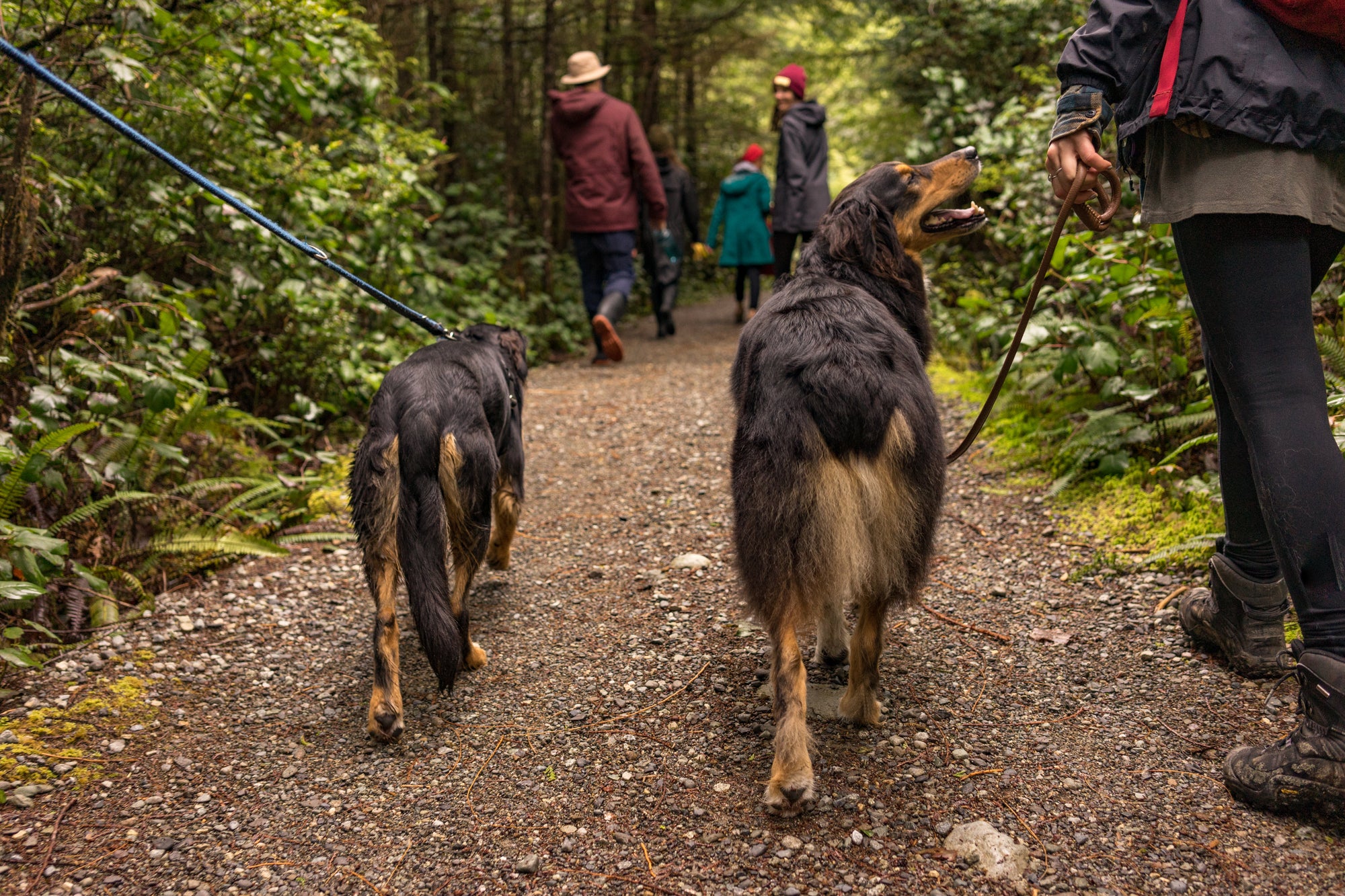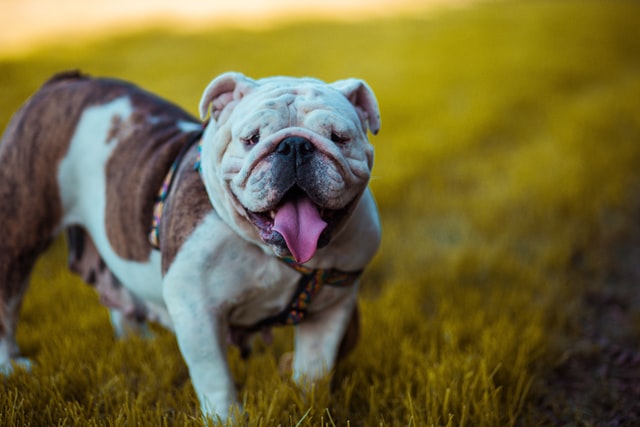If you’re looking forward to spending the summer at a lake or at the beach, your four-legged companion will undoubtedly join you happily. Most dogs love to swim, though others have no interest in messing up their fur with a jump in the lake! There are a few breeds that are known for being expert swimmers, and actually, need regular exercise in the water to keep them happy and well behaved. A few of these breeds are among the most popular dog breeds in the U.S., including the Golden Retriever, Labrador, and Spaniels. Though these dogs may relish any opportunity to jump in any body of water, you may not feel the same way (particularly about the after-effects!). Read on for some tips on the best ways to care for and groom your water-loving dogs, as well as a few interesting facts on some of the more popular breeds!
Doggy Bath Time:
One of the most common questions we’re asked is “How often should I bathe my dog?” Unfortunately, the answer is all-too-common: “it depends.” Specifically, the frequency of bathing depends a lot on your dog including its breed, its activity level, what it does when it plays and where it roams. Some dogs just get stinky faster than other dogs. For example, retrievers and other water dogs have naturally oily coats (to more easily repel water), so, while this “design element” (to borrow a term from the fashion industry…) is great for quick-drying coats between jumping in and out of the water, it’s not so great for keeping them clean and odor-free! As a result, they get a case of “doggy odor” faster than some other breeds.
In contrast, short-haired dogs and dogs that spend a lot of time inside also generally need fewer baths than long-haired breeds or dogs that love to go outside and roll around in disgusting things. In all honesty, your nose will tell you how often you need to bathe your dog. However, be aware that bathing a dog too often can be bad for his skin because it strips off the protective oils. This is where wipes, waterless grooming foams and spritzes come in handy. All or any of these products can be used between baths or trips to the groomers for an easy and deodorizing clean-up!
In fact, one of our earthbath fans writes:
- My Golden Lab has his own kiddie pool that I put out every time it’s warm. He goes nuts! and right after I dry off his easy drying fur and spray on Vanilla Almond Spritz, give him a little brush, and in 1 minute he’s dry clean handsome and sooo good smelling. He makes the bedroom smell great at night.
Now that’s ingenious… Thanks Elizabeth, for the tip! Now we can think about our dogs doing double duty as a room deodorizer (in addition to foot warmer and/or huggy-pillow)! We never thought of that before!
Now that it’s bath time, however, we’ll walk you through the steps guaranteed to ensure the experience is as painless (and maybe even fun!) as possible!
1) Gather Your Gear: First, get all of your bath supplies together in the bathroom before you get your dog.
You’ll need:
- Shampoo
- Conditioner
- Brush
- Comb
- Clippers
- Hand Sprayer
- LOTS of towels
- Blow Dryer
Make sure you are prepared with a high-quality shampoo made specifically for dogs. Dogs’ skin is a different pH than humans’ so it’s never a good idea to use human shampoo on a dog because human shampoo will dry out a dog’s skin very fast and cause a lot of undue problems. All of earthbath’s shampoos are made with natural ingredients including natural essential oils and other good stuff from nature. They never contain parabens, harsh soaps, artificial dyes or fragrances, phosphates, or toxins, so you don’t have to worry about what might be left behind on your pet or the environment.
2) Prep: (Brush) Before you wash your dog, brush him. Removing all the loose hair and mats makes the bath easier on everyone. You’re less likely to have matting and tangling if the dog has been thoroughly brushed out first. Water tends to exacerbate existing problems, turning small tangles into mats and small mats into big mats, all of which are very painful to remove. If your dog has twigs, straw, dirt clumps, or other detritus tangled up in his fur, remove it or clip it out if it doesn’t come out easily with a brush.
Once you have your dog in the bathroom, don’t make the mistake I made the first time I tried to wash my dog and leave the door open! Close the door so he doesn’t take the opportunity to leap out of the shower, sopping wet, spraying dog bathwater all over the house!!
3) Wash Cycle: Begin by thoroughly wetting down his fur. Generally it’s easiest to work in the shampoo if you water it down with some water in your hand first. Make sure you are extra careful not to get soapy water in his ears, eyes, or nose. It’s actually better to do these areas with wipes that have pure, hypo-allergenic ingredients for these extra-sensitive areas. earthbath makes wipes specifically for the ears and eyes. The ear wipes contain witch hazel, a natural cleanser and astringent, to clean out wax and discharge which can cause infections and odor, and the eye wipes are hypo-allergenic and fragrance-free for the extra-sensitive eye area, containing only purified water, aloe vera, and sensitive cleansers boric acid and polysorbate to to keep the area around your pet’s eyes clean and free of tear stains, dirt, secretions and other general discharge with no irritation.
4) Rinse Cycle: When you are done soaping up, it’s time to rinse! Rinsing is extremely important and generally takes at least twice as long as the washing up part (which is why a hand sprayer is very helpful). You want to make sure that absolutely no soap residue is left because it can irritate your dog’s skin. You can use a doggy conditioner to ensure extra moisturizing for both his coat and his skin. earthbath even offers a wonderful conditioner and creme rinse with colloidal oatmeal that detangles, enriches, and revives the appearance of your pet’s coat and is extra soothing on the skin.
5) Dry Cycle: Now be prepared for some shaking. (You’ll likely want to resign yourself to the shower to come!) Now it’s time to dry Fido off with all of those towels you’ve collected (the more the better, particularly if he’s medium to large and/or very hairy!), If you’ve trained him from an early age to stand still and accept the noise of a blow dryer, you can also blow out his coat with a brush (curling irons and styling optional!). Keep Fido out of drafts until he’s completely dry, and then curl up with your new daisy-fresh dog!
These breeds are especially known for their innate desire to make a splash, and in fact, many of these breeds actually have webbed feet, a visible sign of their true “water” natures! Do you have one of these breeds highlighted below? We’d love to hear your water stories and tips for keeping them clean and smelling fresh! If you haven’t yet, join us on Facebook and share your pics and stories with the earthbath community of pet lovers!

- Portugese Water Dog: The adorable and highly intelligent Portugese Water Dog has catapulted to worldwide attention by the very public pet-selection process of the Obamas upon their arrival to the White House, when they chose Bo, a beautiful curly haired black Portugese Water Dog, to be “First Dog.” Prior to Bo’s arrival in the White House, the Portugese Water Dog was considered to be a rare breed that was originally bred to drive fish into fishermen’s nets, retrieve lost tackle and nets, and to carry messages from ship to ship, or from ship to the land! The Portugese Water Dog is considered hypoallergenic and doesn’t shed. This breed is a very active dog, both intellectually and physically, and must be kept mentally and physically occupied!
- Labrador Retriever: Considered the most popular dog in the world today, the Labrador Retriever is known to be an excellent family companion. Unfortunately, due to over-breeding, there are many of these wonderful dogs in rescue shelters today. If you are seeking to purchase a puppy, make sure you do so from a reputable source. Labs have a long puppy hood and are often clumsy until they mature (around 3 years of age). These dogs were bred for hunting waterfowl, so be prepared for a dog that will eagerly go for a swim at any opportunity! Their thick coats are somewhat water-repellant.
- Other Retrievers, including the Chesapeake Bay Retriever (who have webbed toes!) Nova Scotia Duck Tolling Retriever,(a hunting dog whose unusual markings actually lures ducks to them – aka, “tolling”!) and Golden Retriever: Golden Retrievers are right up there with Labs on the list of popular family dogs! These large dogs were bred to retrieve waterfowl and have an instinctual draw to bodies of water – it’s difficult to keep them out of the water if there is a lake or stream in sight! As a result of their breeding to retrieve from the water, their coat is “dense, waxy, and waterproof.” These are exceptionally friendly dogs who are known for their outgoing demeanor though they are a very active, high-energy dog. Be prepared to go on lots of long walks, runs and swims with your Golden!
- Spaniels, including the Cocker Spaniel, and Irish Water Spaniel: Spaniels are gentle dogs that love their families, but are known to be shy with strangers. They are great companions for children and do well with other animals. The Irish Water Spaniels have a dense, curly coat that has a tendency to be very low in shedding, which makes them a good choice for those who suffer from allergies. They also have webbed feet to aid their swimming habits!
- Standard Poodle: Poodles, often mistaken for “prissy” dogs due to the specific “poofy” way they are groomed, are actually great working dogs! Poodles were originally bred to be fantastic retrievers and gundogs. In fact, the show cuts you see on Poodles were originally created for a very functional purpose: the “poofs” were designed to protect the dog’s major joints when it was immersed in cold water. The Standard Poodle is highly intelligent and easy to train. The breed makes an excellent family pet and is considered to be hypoallergenic.
- Setters, including the Irish Setter and English Setter: All setters need to have lots of activity and stimulation, including lots of great opportunities for swims! Because they were originally bred as hunting and pointing dogs, they have a propensity for running and highly active lifestyles, and always enjoy a good wade in a pond or stream.
- Newfoundlands create a massive splash as the largest dog on this list and are renowned for their work in water rescue! These dogs were originally bred to pull in fishnets and other heavy equipment. “Newfys” are known for their sweet, mellow personalities and their slobbery jowls! These dogs usually weigh in between 100 and 150 lbs! Newfoundlands have a natural fondness for children. Their long coats need to be brushed on a regular basis.






